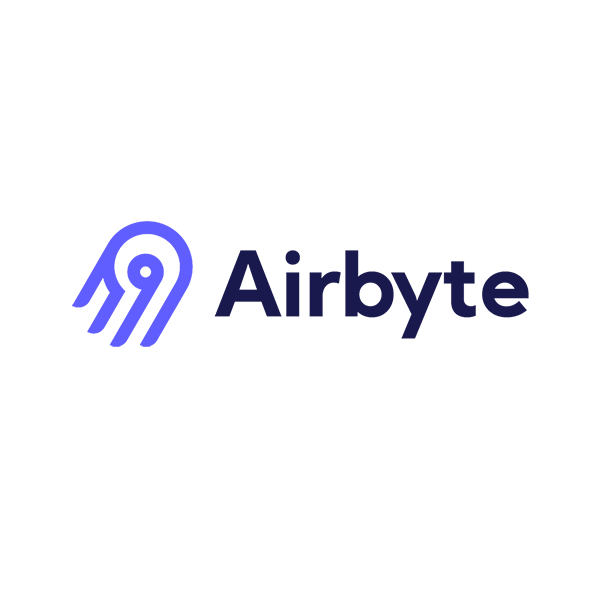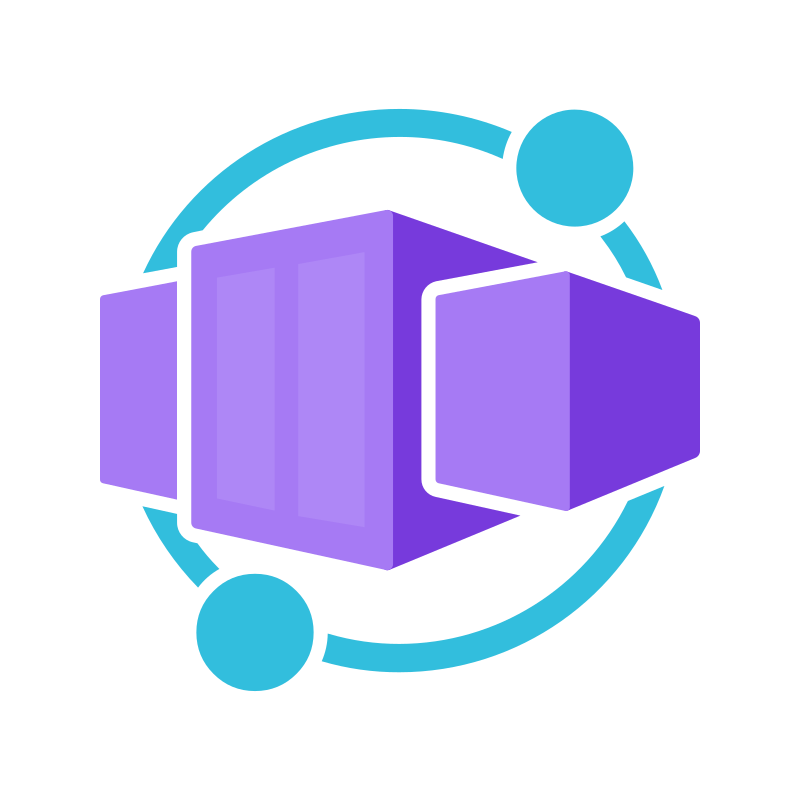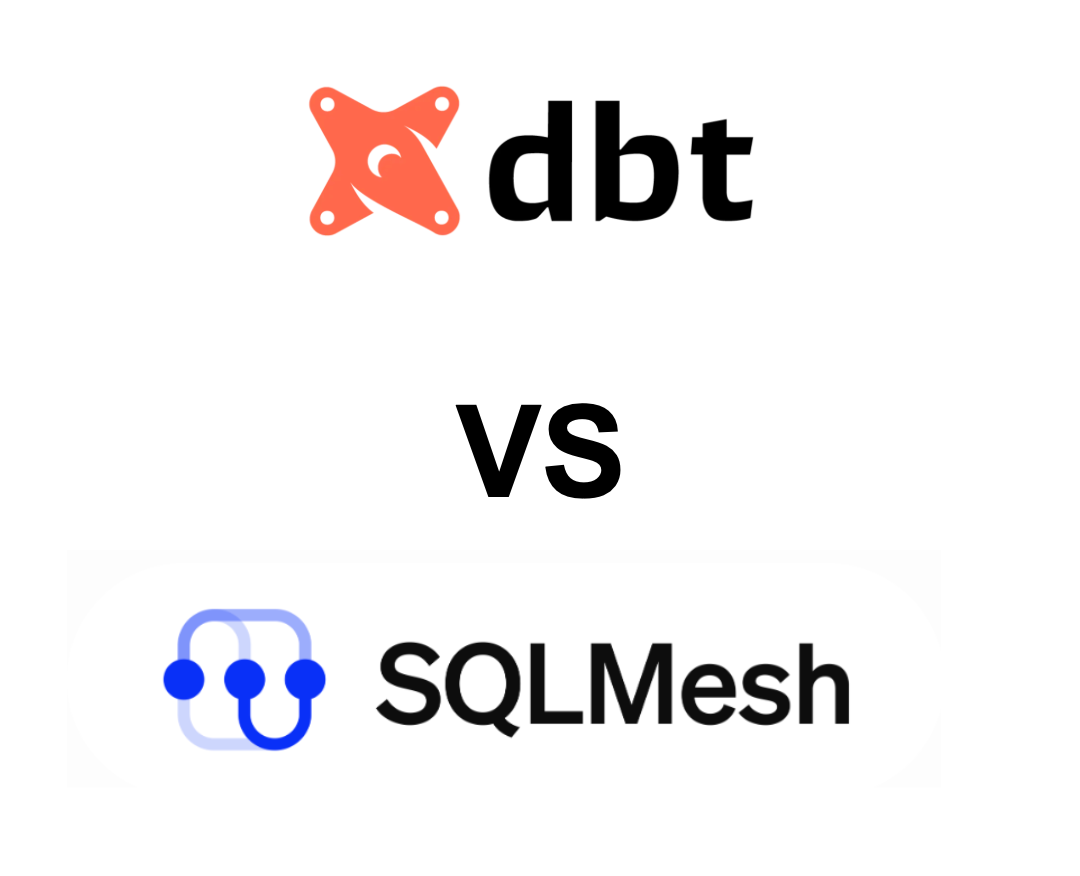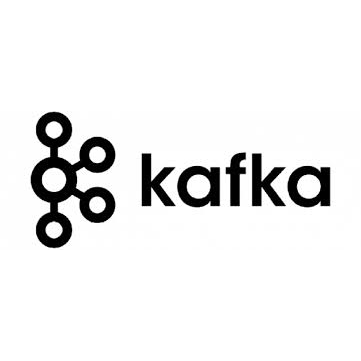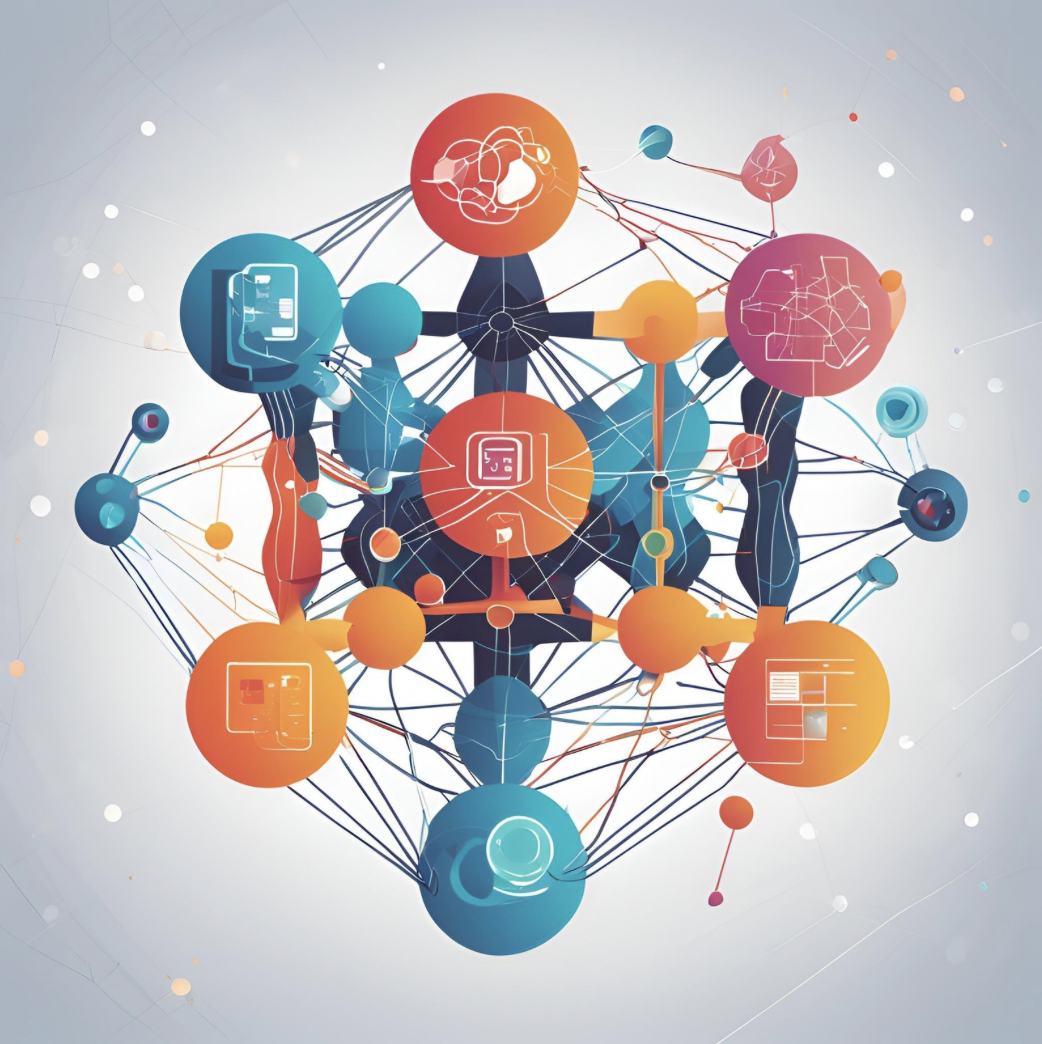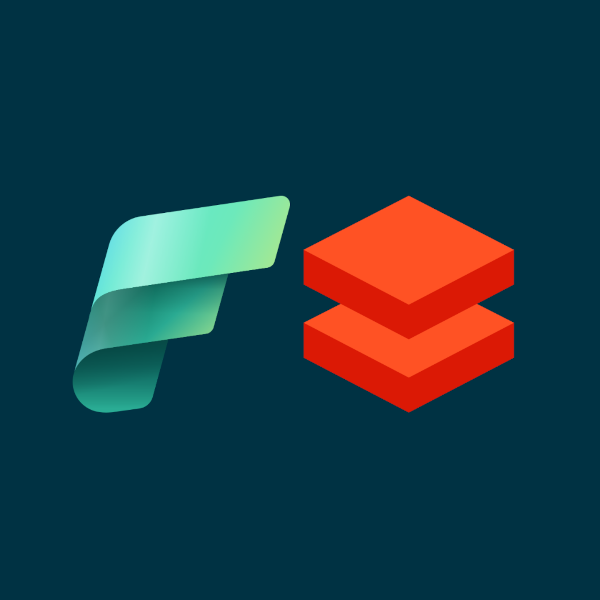Isolated dev environments
Dev Containers: Achieving Isolation
The concept of dev containers, while seemingly a recent trend, has roots that stretch back to the early days of containerization technology. While the term “dev container” itself has solidified more recently, the underlying idea of using containers for development environments has been evolving for years.





